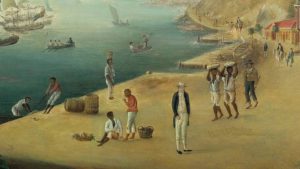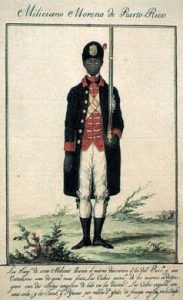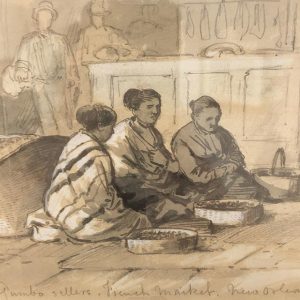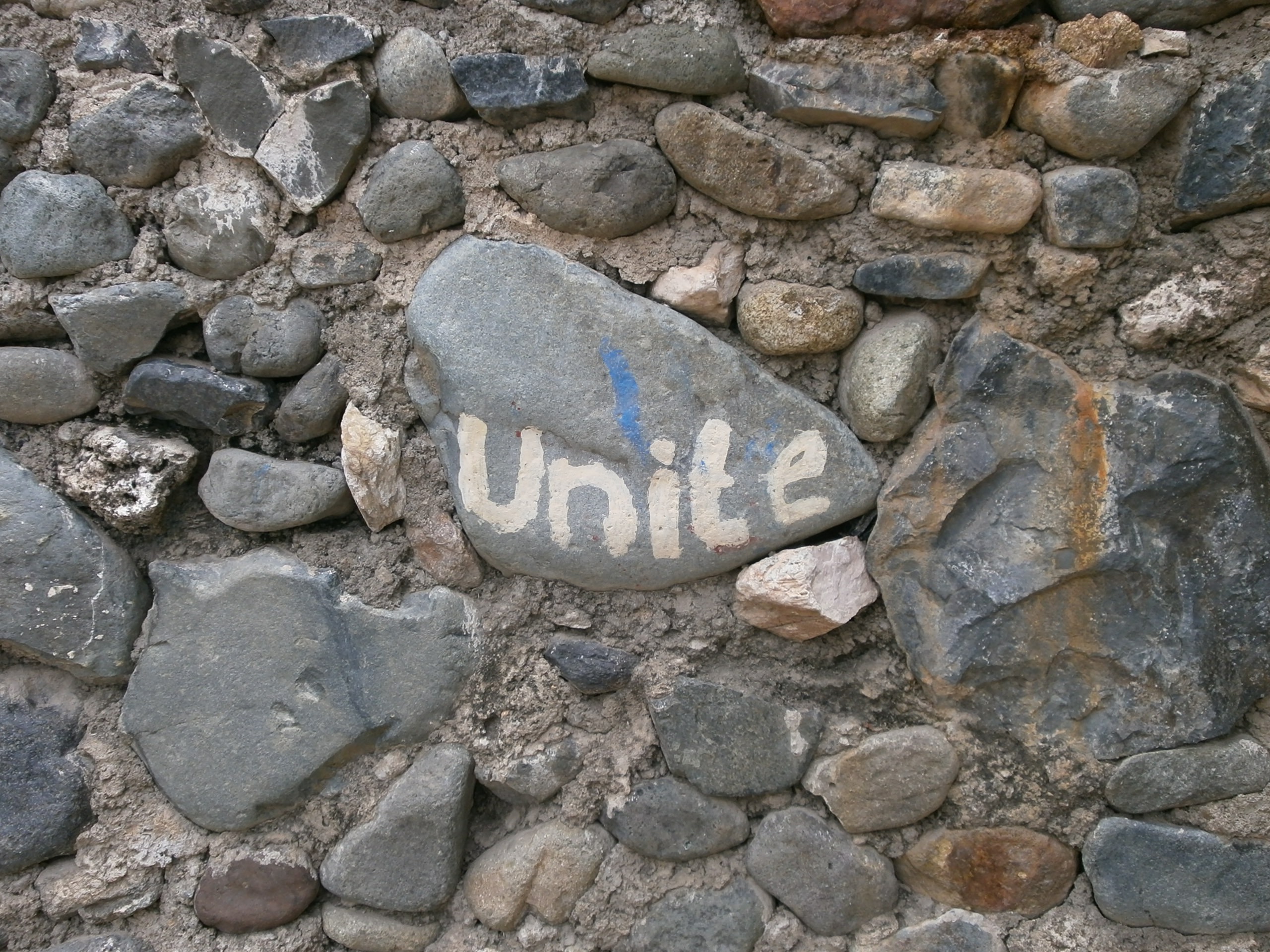
Page Contents
Guide to historical archives
I’ve consulted several archives for my book Rogue Revolutionaries: The Fight for Legitimacy in the Greater Caribbean (University of Pennsylvania Press: 2020); the list of selected archives below is a great start to do research on revolutions and people of African descent (mostly free but also enslaved).
Links will open in a separate tab.
You will find examples of the source materials I used here. They include newspaper clippings, emancipation papers, declarations of independence, songs, and government records.
More information about the book Rogue Revolutionaries here.
My other research on the Greater Caribbean, migration, and citizenship is on this page.
France
France’s presence in the Greater Caribbean included the colonies of Guadeloupe and Martinique (still part of France today) as well as Louisiana and Saint-Domingue until 1803-1804. Saint-Domingue overthrew the French Empire and became the independent country of Haiti in 1804.
- The Archives nationales d’outre-mer (national overseas archives) have a lot of material online. Particularly useful are the People and Families Name Database that lists people mentioned in inventories, and the Digitized Registry of Births, Marriages and Deaths (état civil). For the état civil, I recommend searching by region (for instance Saint Domingue for colonial Haiti). You can also look by Collection if you click on the tab “Etat general des fonds.” Also noteworthy is the Ulysse Image Database. Site is also in English
- Gallica is the digital library of the Bibliothèque nationale de France (France’s national library) and has thousands and thousands of printed materials, visual materials, and sound recordings. Their collection of newspapers is fantastic. Site also in English and Italian.
France and Sweden
France traded the island of Saint Barthélemy to Sweden in 1784 but the ties between Saint Barthélemy and the French Caribbean colonies remained strong, notably through the migration of Guadeloupeans of African descent at the end of the French Revolution.

- The site Memoirs of St Barth contains documents and transcriptions of colonial records on Saint Barthélemy (the site is in French but some documents are in English).
Denmark
The Danish West Indies included St. Thomas and St. Croix. Although Denmark had few colonies in the Caribbean, these islands were major trading centers thanks to Denmark’s neutrality policy in the 18th & 19th century.
- Another fantastic digital resource in this list of selected archives is the Danish National Archives. They not only digitized their colonial records but they have also launched a program to translate these documents into English.
Spain and Spanish America
The earliest European colonizer of the Americas (Christopher Columbus landed in the Caribbean in 1492), Spain had colonies in the Caribbean and South America until the wars of independence that began in 1808. Most colonies broke off with Spain except for Cuba and Puerto Rico. The latter encouraged the migration of foreigners in 1815 (including French migrants of European and of African descent), leading to vibrant traffic between the island and the rest of the Caribbean.

- The Portal de Archivos Españoles (PARES) is an excellent resource of public and private archives, including maps, plans, and other visual materials (for my research, mostly the Archivo General de las Indias in Seville and Archivo General de Simancas). Unfortunately this portal is notoriously tricky to navigate. You should read this step-by-step guide to the wonderful world of PARES.
Colombia
- The Archivo General de la Nación of Colombia (National Archives of Colombia) has developed Archidoc to look for online documents. You can search by keywords, years, and collections (cuadro de classificación on the left-hand side).
- A massive digitization project around slavery has taken place in the Colombian archives of Antoquia, Boyacá, Cauca, and Bogotá .
- The Banco de la República includes maps, printed sources (both primary and secondary including the Revista Credencial Historica).
United States
The U.S. presence in the Gulf of Mexico increased during the time-period of my book: the U.S. government acquired Louisiana in 1803, Florida in 1819, and a group of U.S. settlers proclaimed the independence of the Republic of Texas in 1835 –with formal U.S. annexation in 1848. My book also covers the first significant U.S. naval expedition into Caribbean waters: the West India squadron that was sent as a response to a wave of piracy in the early 1820s.

- There is no need to introduce the largest library in the world in this list of selected archives:) The Library of Congress. Of particular interest is this collection of about 100 books and manuscripts called Slaves and the courts. It includes the legal cases argued in the United States and Great Britain on the issue of slavery.
- The American State Papers contains the legislative and executive documents of Congress between 1789 to 1838.
- The Antebellum United States Navy has digitized documents from the American State Paper and other Congressional documents between the War of 1812 and the American Civil War.
- The Race & Slavery Petitions Project details information about 150,000 individuals, including enslaved and free people of African descent, extracted from a wide range of documents, including court petitions, wills, inventories, deeds, bills of sale, depositions, court proceedings.
- In Motion: The African-American Migration Experience documents African American migration movements (including between Louisiana and Haiti here).
- The John Carter Brown Library has amazing early American resources, whether it is images and maps available through Luna, or scans of over 10,000 full books available through Internet Archive. I recommend their Haitian collection (one of the best in the country) and their Colombian collection.
- The fantastic Free People of Color in Louisiana has digitized records from Louisiana State University Libraries Special Collections, the Historical Center at the Louisiana State Museum in New Orleans, the Louisiana Division of the New Orleans Public Library, The Historic New Orleans Collection, and Tulane University’s Louisiana Research Collection.
